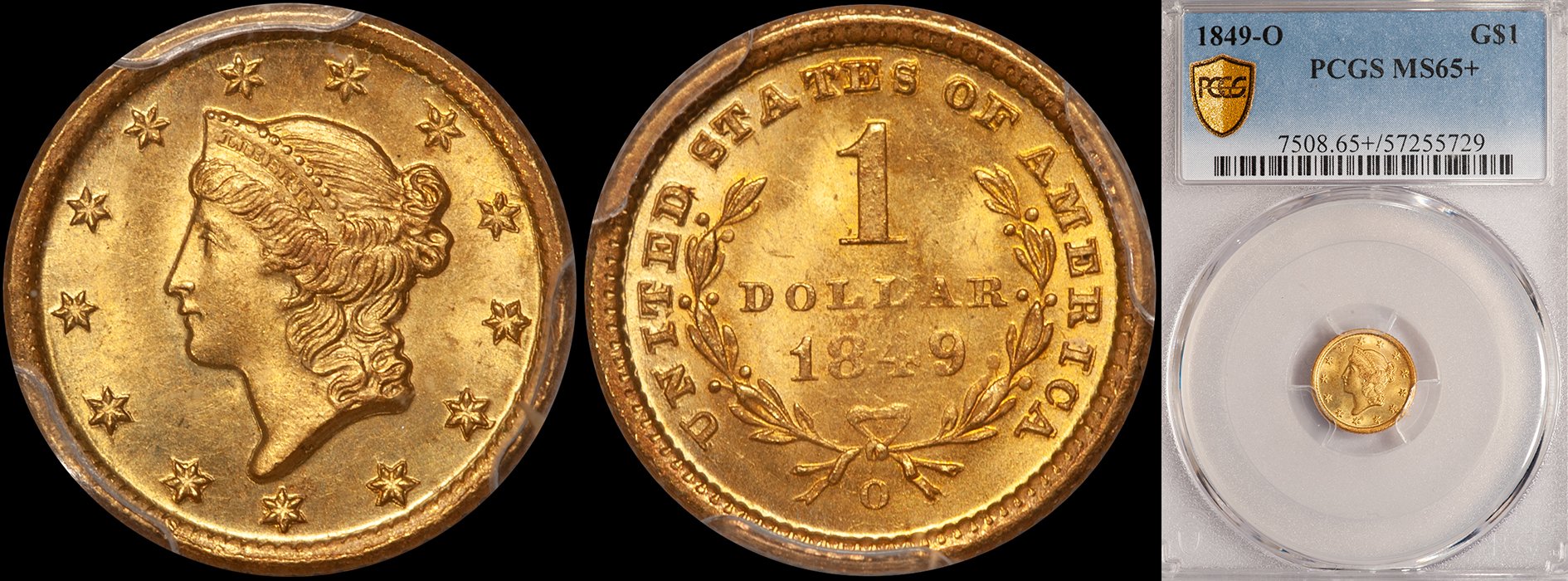Are Auctions Retail or Wholesale?
/I get asked this question frequently, and there is no simple answer. Every numismatic auction contains coins which sell for retail prices, and then there are coins that sell for wholesale prices. There are many coins in auctions which retail buyers are competing with dealers, and the final prices may either be a “retail” number, a “wholesale” number, or some combination of the two. As you might expect, the correct answer is hard to determine as the line between retail and wholesale continues to blur.
We can credit Heritage with the democratization of numismatic auctions. Prior to the Dallas Monolith’s sophisticated bidding platform—which allows neophytes the ability to bid like pros from the comfort of their own living room—auctions were dealers-only affairs, with only the most informed collectors able or willing to challenge dealers in head-to-head competition. The Heritage platform also allowed collectors to bid anonymously. This had an unintended result: this privacy was like an adrenaline shot for a certain personality type, and it unlocked the Alpha Bidder inside many compliant collectors.
Let’s take a look at coins which are unabashedly retail sales in an auction. In theory, the best coins in most auctions are the ones with the greatest probability of selling to an end-user collector. This is the exact reason why many fresh coins which sell for hefty prices in big-name collections (Bass, Duckor, Bender, etc.) often bring 10-20+% less when they are re-auctioned too soon after bringing full retail numbers. This new, lower number is more reflective of a wholesale price, as it is often dealers who purchase these coins as “price plays.”
However, it is a fallacy to suggest that all the “best” coins in an auction are destined to sell directly to collectors. If a great coin has some potential grading arbitrage, it is almost certain that the buyer will be a dealer. Very few collectors are confident enough in their grading skills that they are willing to pay $20,000 for an AU58 Dahlonega half eagle that has $10,000 upside if it upgrades to MS61, but which has $7,500 downside if it downgrades to AU55, and around $5,000 downside if the grade remains as is. Dealers tend to have a bigger degree of risk tolerance than collectors, and rightfully so.
1877 $10.00 PCGS AU55
Dealers tend to be their own biggest and best client, and this is never truer than when an unusually nice example of an issue which is special to them appears at auction. For example, I am very smitten by the low mintage 1873, 1876, and 1877 eagles. If a nice AU55 1877 eagle with original color and choice surfaces comes up for auction, I am likely to outbid even the most dedicated specialist collector.
I tend to be a “retail wholesaler” at auctions as I am interested in the best coins in the sale (the rarest and the nicest ones), but at prices that allow me to still sell at a fair profit.
Here’s another hybrid to consider. I do a lot of auction representation for collectors. As I charge just 5% for this service, I’m adding considerable efficiency to a collector as I am steering him away from the bad coins in an auction towards the good coins. And at such a thin spread over what I would bid myself on the coin to stock it for inventory, I am essentially offering coins at “wholesale retail.”
1846/'5' $10.00 PCGS AU58
Low-end coins in auctions tend to be more of interest to dealers who are price-conscious. This is particularly true with coins that have price guides that are too high. An example of this is an 1846/’5’-O $10 in PCGS AU58 which has a current PCGS Price Guide valuation of $50,000. This is based on the sale of a single coin in April 2022 at $40,800, and if it were offered to me at a substantial discount I would still be unlikely to purchase it. There are, however, many dealers who if they were offered a low-end PCGS AU58 at $25,000 would jump on this coin given that its being priced at half of its published “value.”
It isn’t only dealers who are auction bargain shoppers. After a coin such as an 1870-CC eagle or double eagle brings a world-record price, we tend to see a rising tide lift all boats. In this case, it means that a strong retail price level of $420,000 was just achieved by the PCGS AU55 1870-CC eagle sold in the 2024 ANA auction by Stack’s Bowers. I personally disliked this coin due to its lack of originality, but I have no doubt that the buyer used the sale of the finest known (a PCGS/CAC AU58 that I liked quite a bit) for $1,080,000 as a skewed rationale that this coin was a good deal.
So in closing, we can reach the following conclusion: the coin market is more complex than it has ever been, and this has effectively blurred the distinction between wholesale and retail. Auctions, which were exclusively the playground for advanced specialized collectors and dealers as recently as two decades ago, have become far more mainstream, and it is now common for dealers to be competing against their own clients in this venue.













